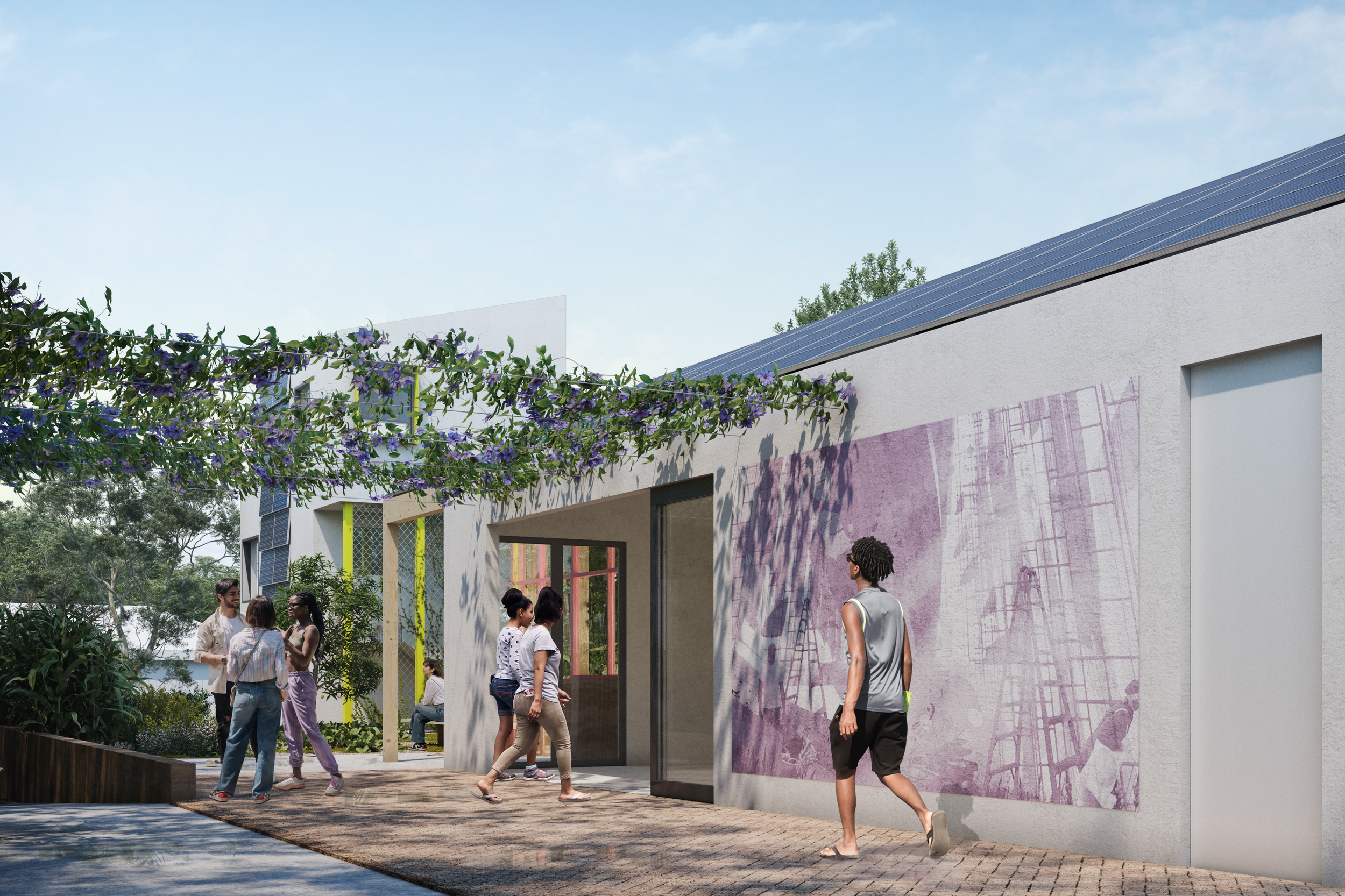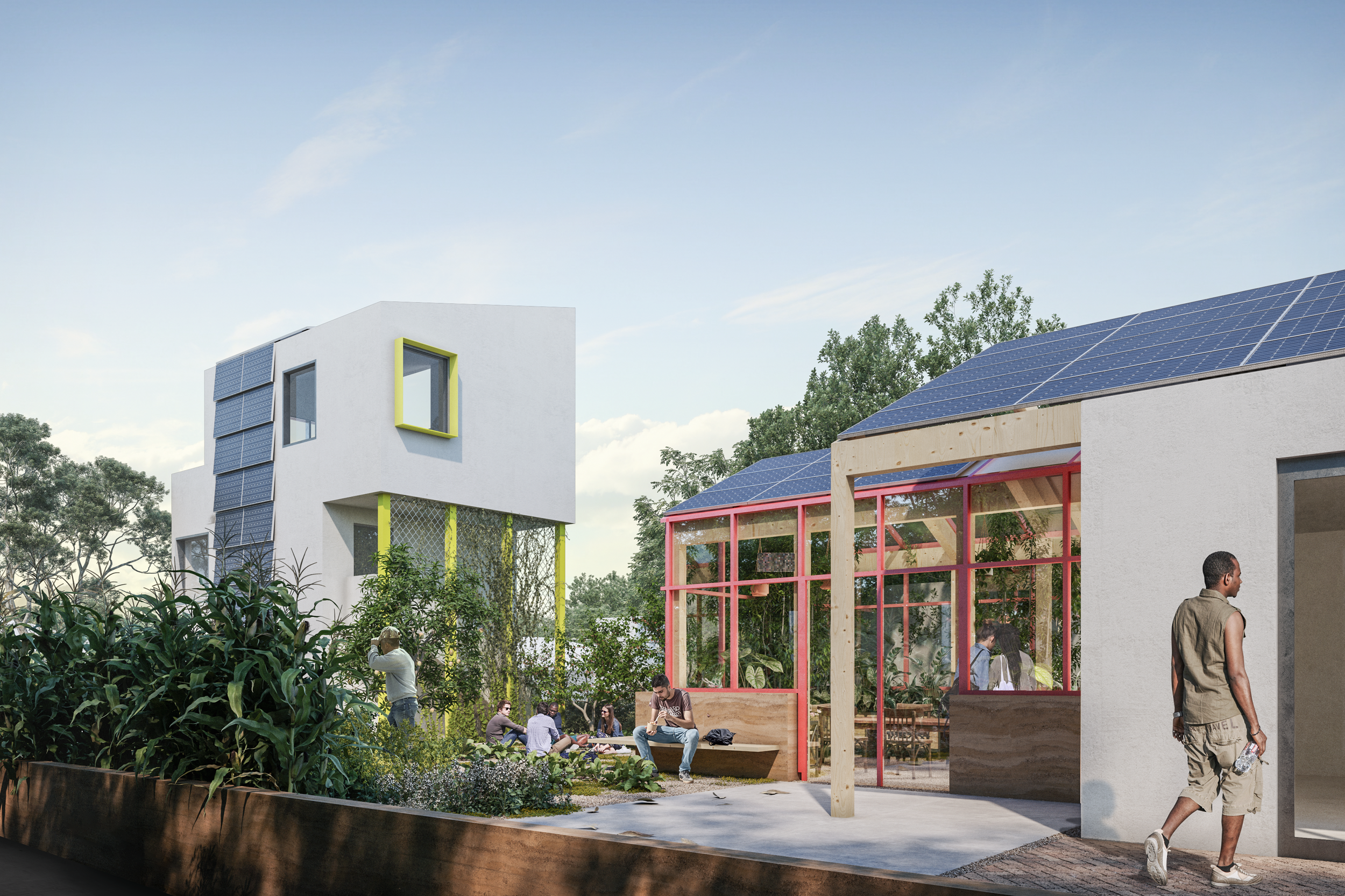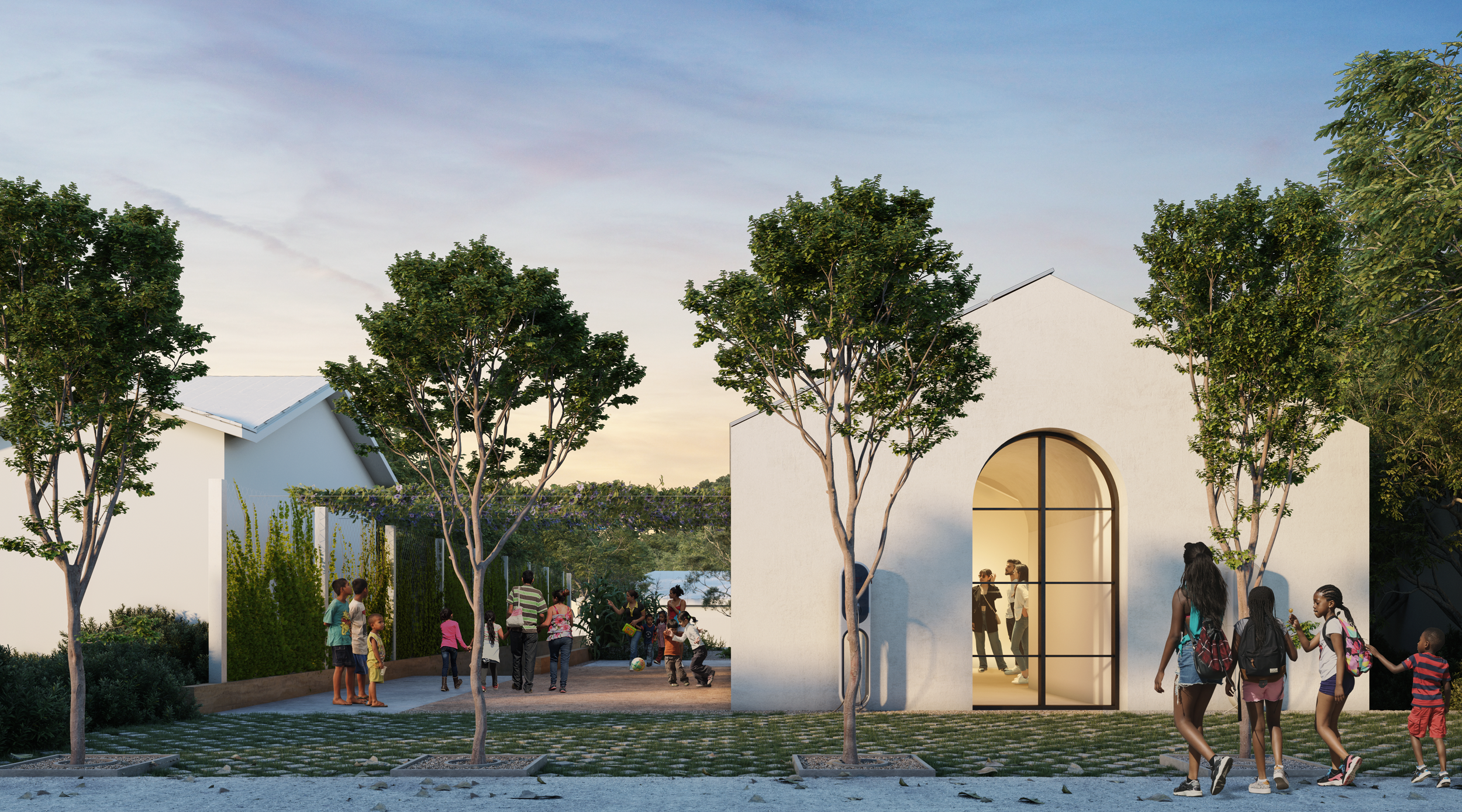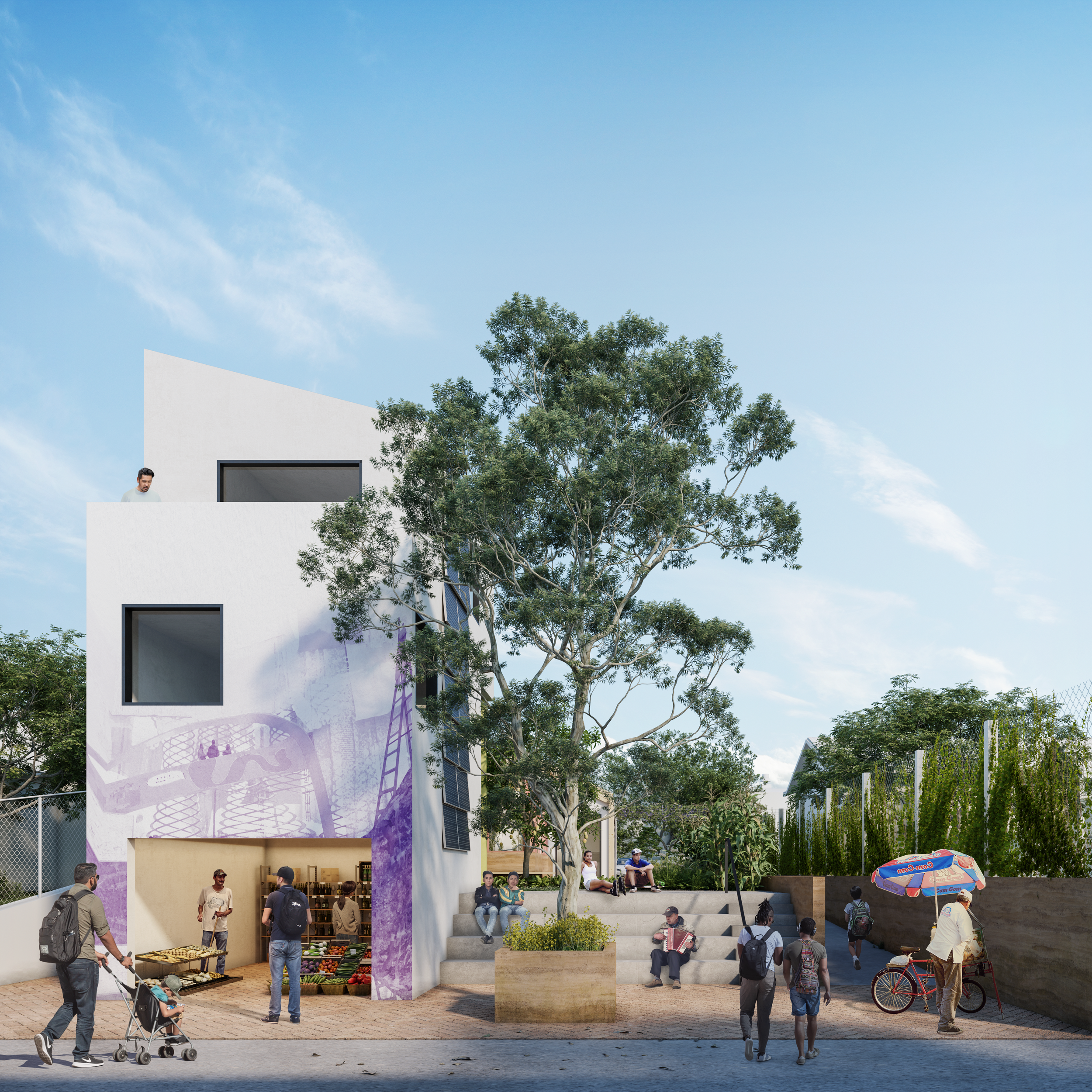Celebrating the Award-Winning La Semilla Project: A Catalyst for Environmental Justice and Climate Resiliency
We are thrilled to announce that the La Semilla project team has received a Merit Award in the Unbuilt Category at the 2023 AIA San Diego Design Awards. This recognition is a testament to the vision, dedication, and ingenuity of the team behind this groundbreaking neighborhood park located in San Ysidro, California, near the US/Mexico border. With the client, Casa Familiar Inc., Architect, Workshop B Architects, Inc., and Benjamin Arcia, M.U.D., of McCullough as Landscape Architect, the La Semilla project has become a shining example of climate resiliency and environmental justice.
La Semilla, meaning "the seed" in Spanish, symbolizes the numerous efforts of the park. Just like a seed holds the potential to grow into a mighty tree, this project serves as a launchpad for a neighborhood-scale movement focused on environmental justice and climate resiliency. Spanning over a 7,000 square foot lot, La Semilla not only functions as a demonstration area but also as a community connector, seamlessly integrating with Casa's Community Land Trust (CLT) properties on the Cultural Corridor. This corridor serves as the vibrant heart of San Ysidro, bringing together art, community, and greening initiatives.
At its core, La Semilla incorporates a permaculture program that not only produces food but also shares ecologically sound gardening practices with local residents. By connecting people to the living world around them and inspiring healthier food choices, the park becomes a catalyst for redefining consumption patterns. Visitors to La Semilla experience the joy of sinking their teeth into an organic, home-grown tomato, which often sparks a newfound passion for gardening. Beyond food production, the park serves as a showcase for affordable resiliency strategies. Through architectural components, site features, and special programming, it demonstrates off-the-shelf products, home modifications, and backyard installations that save money, energy, water, and time for the community. By presenting these solutions at a domestic scale, La Semilla empowers neighbors to embrace sustainable practices and embark on their own sustainability journeys.
Sustainability Through Urban Park Development
The project's goals encompass fighting climate change in a meaningful way, promoting affordable and low-maintenance gardening and construction practices, providing on-site photovoltaic panels for electric vehicle charging stations, and leveraging the proximity to a light-rail station to encourage active transportation as part of a multi-modal transportation strategy. La Semilla acknowledges the pressing need for safer food and cleaner air in the local community. While the park itself may not be able to feed everyone or single-handedly mitigate air pollution, it serves as a living laboratory for techniques and products that neighbors can affordably implement in their own homes. By disseminating knowledge and skills, the project enlists neighbors in a decentralized, egalitarian effort to transform consumption patterns and improve local air quality. The park's design also considers the abundance of off-street parking spaces in the neighborhood, envisioning their potential as areas for growing food or air-remediating plants. Moreover, La Semilla promotes alternative modes of transportation to reduce environmental impact, emphasizing the importance of walkability and accessibility.
In addition to its environmental and resiliency objectives, La Semilla aims to create a neighborhood park that caters to the daily rhythms, practical needs, and year-round celebrations of the community.
As part of the ongoing transformation of an alley into San Ysidro's pedestrian-oriented Cultural Corridor, the park acts as a catalyst for this process.
The surrounding neighborhood, although underserved in several aspects, benefits from a chain of existing parks that are highly utilized and cherished by residents. La Semilla builds upon this foundation, expanding the network of green spaces to further advance the pursuit of environmental justice.




The Merit Award for La Semilla recognizes the significant impact it will have on fostering environmental justice, promoting climate resiliency, and empowering the community. This accolade is a testament to the dedication and collaboration of the project team, whose innovative design and commitment to sustainability have set a new standard in urban park development. The La Semilla project serves as an inspiring example for communities worldwide, demonstrating the power of collective action and shared spaces in creating a more sustainable and equitable future.











